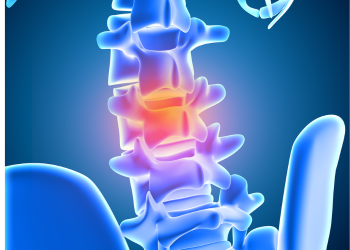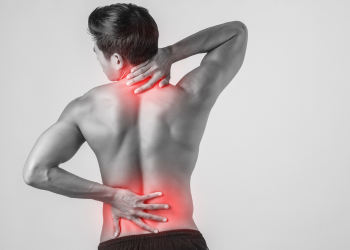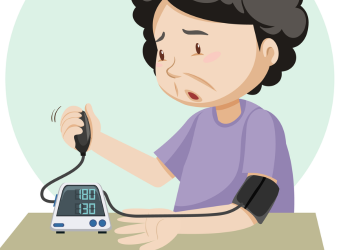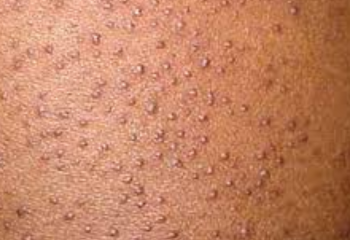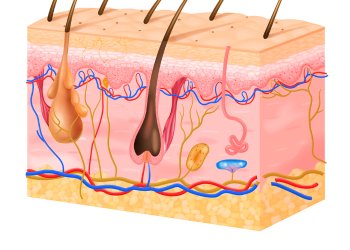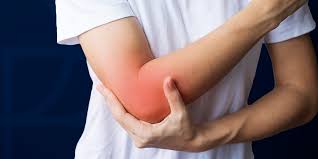
TENNIS ELBOW can be
easily taken care of with homeopathic medicines. It can strengthen and repair damage
to the tendon
Tennis elbow, also known as lateral
epicondylitis, is a condition resulting from overuse of the elbow muscles and
tendons. It often occurs from repeated motions of the wrist and arm.
Despite its name, most people who get tennis elbow
don't play tennis. Some people have jobs that involve repeated movements, leading
to tennis elbow. Workers like plumbers, painters, carpenters, and butchers.
However, often, tennis elbow has no clear cause.
The pain of tennis elbow occurs mainly where the
tough, cord-like tissues of the forearm muscles attach to a bony bump on the
outside of the elbow. The tissues are known as tendons. Pain can spread into
the forearm and wrist.
Symptoms
The pain of tennis elbow can travel from the outside of the elbow into
the forearm and wrist. Pain and weakness can make it hard to:
Shake hands or
grip an object.
Turn a
doorknob.
Hold a coffee
cup
Tennis elbow happens from repeated tensing of the forearm muscles that
are used to straighten and raise the hand and wrist triggers the symptoms. This
can cause a breakdown of the fibers in the tendon that attaches the forearm
muscles to the bony bump.
Activities that can cause tennis elbow symptoms include:
Playing racket
sports, especially using the backhand, with poor form.
Using plumbing
tools.
Painting.
Driving
screws.
Cutting up
foods for cooking, particularly meat.
Using a
computer mouse a lot.
RISK FACTORS
Age. Tennis elbow affects people of all ages. But
it's most common in adults between the ages of 30 and 60.
Work. People who have jobs that involve repeating
motions of the wrist and arm include plumbers, painters, carpenters, butchers,
and cooks.
Certain sports. Playing racket
sports increases the risk of tennis elbow. Not having good form or using poor
equipment increases the risk even more. Playing more than two hours a day also
increases the risk.
Other factors that can increase the risk include smoking, being obese,
and certain medicines.
DIAGNOSIS
Electromyography (EMG)
MRI
X-ray
HOMEOPATHIC MEDICINES
RHUS TOX
BRYONIA
RHODODENDRON


